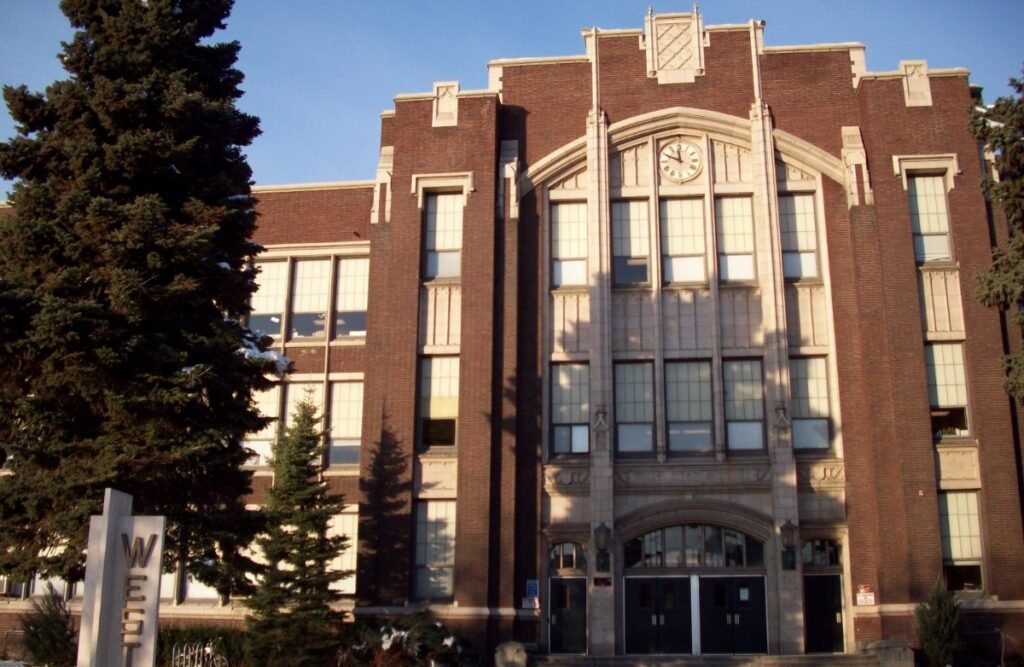Salt Lake City School District (SLCSD) has released its preliminary recommendations for closing four elementary schools in the next academic year, sparking outrage and concern among parents, students and community members. The district says the closures are necessary to address declining enrollment, aging buildings and budget constraints, but many critics argue that the process is flawed, unfair and harmful to the affected communities.
The four schools that the district has recommended for closure are Hawthorne, M. Lynn Bennion, Mary W. Jackson and Riley elementaries. These schools were selected from a list of seven that were initially assessed by a district committee, based on factors such as safe walking routes, building conditions, enrollment numbers and academic performance. The other three schools that were spared from the closure list are Emerson, Newman and Wasatch elementaries.

The district says that the four schools have low and dropping enrollment, which affects the quality and diversity of educational programs and services. It also says that the schools have old and outdated facilities that require costly maintenance and repairs. By closing these schools, the district expects to save about $2.5 million annually and redistribute the students and staff to other nearby schools.
The community response
However, the district’s recommendations have been met with strong opposition and criticism from the affected communities, who say that the closures will disrupt the education and well-being of their children, especially those from low-income, minority and refugee backgrounds. They also say that the district has not been transparent, inclusive or respectful in its decision-making process, and that it has ignored the voices and needs of the stakeholders.
Some of the concerns raised by the community include:
- The loss of neighborhood schools that provide a sense of identity, belonging and safety for the students and families.
- The impact of longer and more dangerous commutes for the students who will have to travel to other schools, especially during the winter months.
- The overcrowding and reduced resources at the receiving schools, which could affect the quality of education and student-teacher relationships.
- The disruption of the social and emotional support networks that the students have built with their peers, teachers and staff at their current schools.
- The lack of cultural and linguistic diversity and sensitivity at the receiving schools, which could create challenges and barriers for the students from different backgrounds and needs.
The next steps
The district has held five public information sessions in October to share its recommendations and receive feedback from the community. It will also hold two public comment periods in November during its board meetings, where the public can voice their opinions and concerns. The board will then hold a public hearing on Dec. 5, and make a final decision on whether to close any or all of the four schools in December or January.
The district says that it is open to hearing from the community and that it will consider all the input and data before making a final decision. It also says that it will provide support and assistance to the students and families who will be affected by the closures, such as transportation, counseling and enrollment options.
However, many community members are not satisfied with the district’s response and are calling for more action and accountability. Some have formed groups and coalitions to advocate for their schools and demand that the district reconsider its recommendations. They have also organized rallies, petitions, letters and social media campaigns to raise awareness and mobilize support for their cause.
The community members say that they are not against change or improvement, but they want the district to work with them and find better solutions that will benefit all the students and schools in the district.
